What crops can be grown on the west side? The west facade is a facade that can get some sun. Ivy and succulent species can grow even in low sunlight. For this reason, you can grow it on west-facing windows. Evening sun, no matter how weak, is enough for them.
ROSARY FLOWER
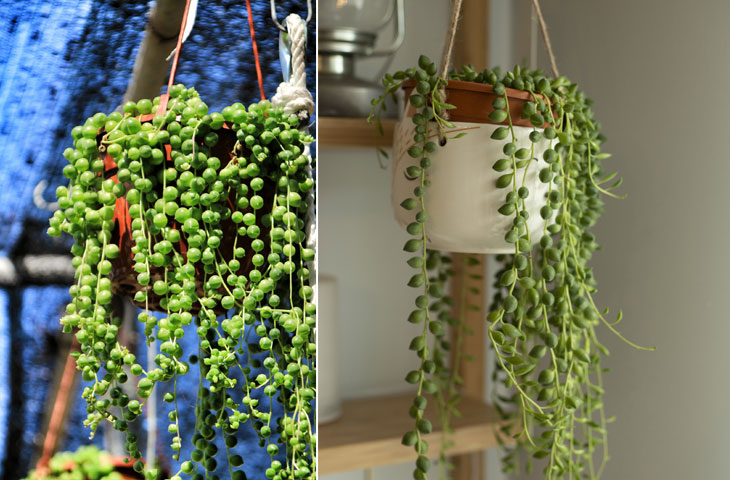
In appearance, the rosary flower resembles beads strung on a branch. When its flowers bloom, it resembles a daisy. It is a perennial plant with an herbaceous character.
He loves bright environments. In addition, he also likes an airy environment. Suitable for indoor and outdoor care. If cared for properly, it will cover every part of your pot and is a real eye-catcher as it is a hanging species.
The rosary flower, whose leaves resemble tiny pearls and peas, is also a succulent. It grows up to 1 meter long. If you spiral the growing branch into the pot and cover the branch with soil, this will allow roots to form, thereby increasing the plant’s seeding rate in your pot.
There is more irrigation in summer. Since winter is the rest period, watering is carried out less frequently.
Does not like direct sunlight.
It likes soil mixed with sand.
It should be permeable and not retain water. He likes to be fed every now and then. You can add additives such as pumice, lava rock, and perlite to the soil mix. You can make a soil mix with a ratio of 40% peat + 40% sifted pumice + 10% coconut peat + 10% perlite.
It grows more efficiently in shady locations. Getting a little sun during the day is also important for leaf development. When viewed indoors, the environment in which it is located must be regularly ventilated. It grows better in temperate and humid regions.
Details: How to care for the rosary flower (pearl)? How to reproduce?
KALANCHOE
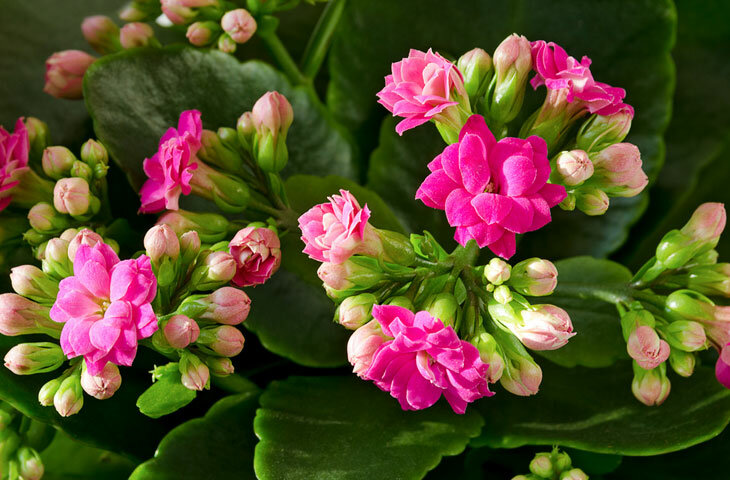

One of the most popular plants that can be grown on the west side is Kalanchoe. The Kalanchoe plant is one of the most beautiful plants to suit homes with its flowers that bloom in colors like orange, pink, white and yellow. It belongs to the succulent family. Although it is very easy to care for, there are still some points that need to be taken into account.
He loves bright and airy environments. When you take a look inside the house, be sure to choose a regularly ventilated room. Also pay attention to a location away from heat sources (e.g. radiators, ovens). For a bright environment, you should prefer filtered daylight.
Kalanchoe blooms from autumn to spring. However, the plant stops blooming for a while in summer. It is a plant that does not like heat.
Regular watering and pruning of dried flowers is very important for the healthy development of the plant.
You can lose the plant if you are careful in very cold or very hot environments.
Details: What tips are there for caring for Kalanchoe flowers? How to plant Kalanchoe?
POTHOS ivy
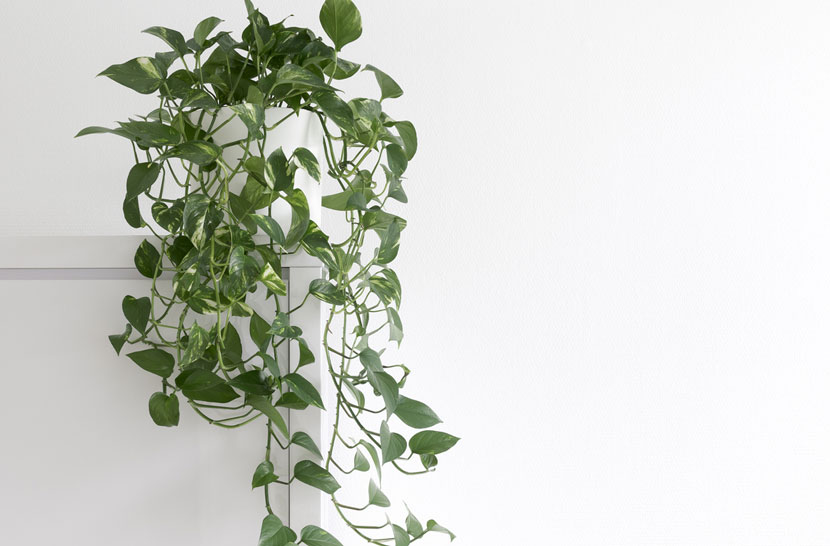

It is a plant that can survive even in low light conditions. Ample light causes visible changes in leaf development. However, since it does not receive enough light indoors, it develops smaller leaves. Because of its appearance, the houses look like a forest. It is very easy to care for and propagate. However, if you do not fully follow the maintenance rules, problems may arise.
When care is provided in the pot, for the shape of the plant it is better to use support rods due to their holding properties. Because of its crawling and adhering ability, the more it comes into contact with the ground, the healthier it becomes.
The plant should be protected when temperatures are below zero in winter. It is one of the easiest plants to care for. It is a plant that tolerates not being watered, can cope with little light and constantly produces leaves even during this period. If different colors appear on the leaf surface, this indicates that your plant needs a little more light. In order for it to be greener, it must receive more light. This is nothing to be afraid of. In summer it should not be exposed to midday heat for long periods of time.
Hall ivy doesn’t like to be watered constantly. Damp soil can damage the plant over time. You can water them after making sure the soil is dry. Overwatering can cause the leaves to turn yellow. If you continue watering in this condition, your plant roots may rot and you may lose the plant.
As for the soil, it prefers humus-rich, organic, well-drained soils. It is not a plant that requires a lot of nutrients.
see also
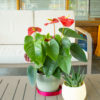

If you want to care for the pot, we recommend using a pot with good drainage and lots of air holes. Because clay pots absorb water quickly, it may be necessary to water the plant more frequently. Since our plant doesn’t particularly like water, damage can occur. For this reason, a plastic flower pot will be more useful for you.
Details: How do you care for living room ivy (Pothos)? Replication steps
CRASSULA OVATA
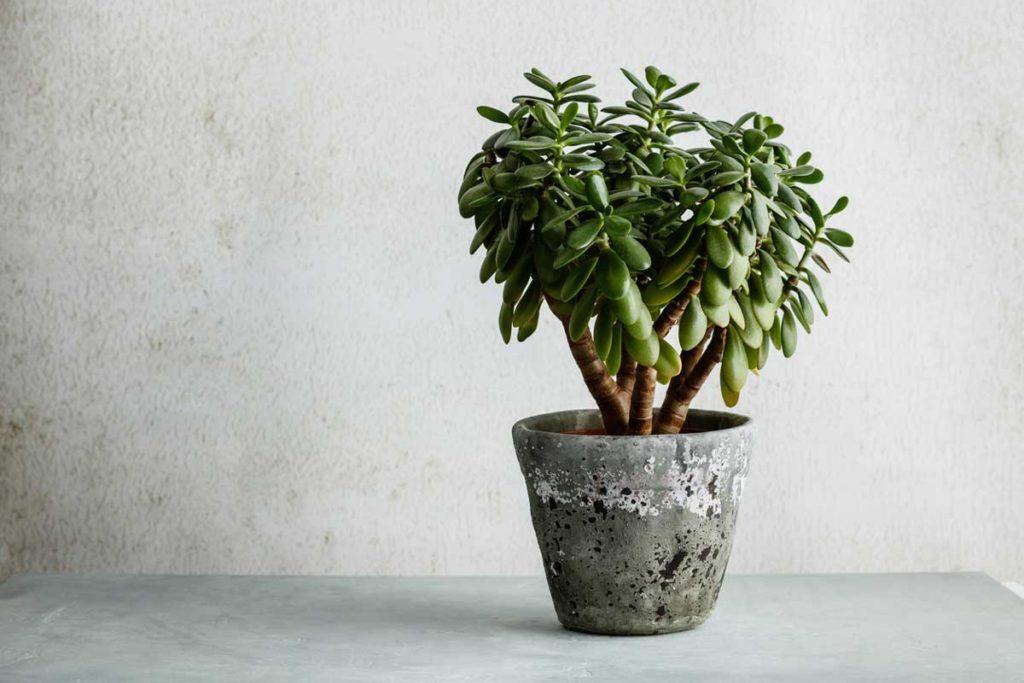

The ideal living temperature for this plant, which does not like very cold temperatures, is 15 to 35 degrees. If you keep it outdoors, try to gradually acclimate it to the indoor environment around late October and early November before it gets cold. If you make this change quickly, your system will be negatively impacted again.
The depth of the pot is also important for the development of the money flower, which looks like a dwarf tree. Since our plant is very easily affected by air currents, it should be placed in a place where it is not exposed to breezes or drafts.
You can water it once a week. If the climate where you live is very hot during the summer months, you can increase the amount of watering by controlling soil moisture.
Details: How do you care for and water the money flower (Crassula)? Is it blooming?
SWORD FLOWER
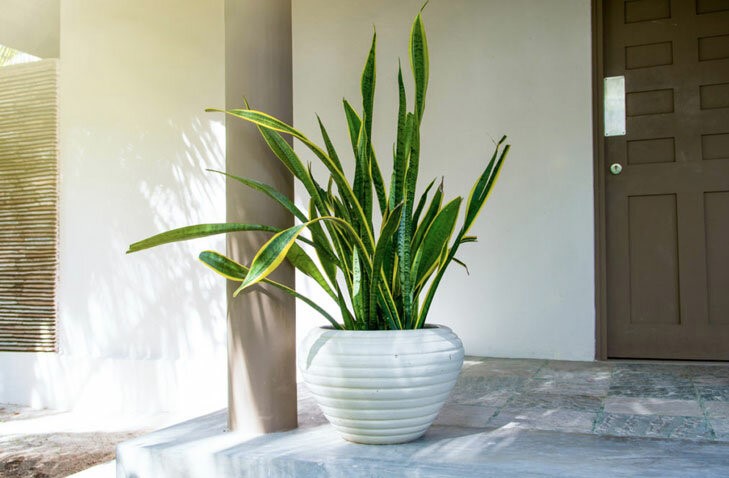

One of the most popular plants to grow on the Western Front, Pasha’s Sword is a plant in the Asparagus family. It is also known as the Sword of the Prophet. There is a belief in our society that a house is purchased when the length of the Pasha’s sword blades exceeds one meter and his flower blooms.
It is a long-lived plant. It is resistant to drought and some weather conditions. But unfortunately the durability is not very good in very cold weather. Pasha Sword loves bright places. To keep the leaves upright, they should not be removed from the light. Maintenance is generally carried out indoors. For this reason, the environment should be ventilated regularly. The plant should be kept in a pot of appropriate size and width with sufficient ventilation holes.
Pasha’s soil should be humus, permeable and airy. In addition, mixing fine-grained pumice into the soil promotes soil drainage. The plant should be supported with soil to prevent the leaves from becoming heavy and falling over.
Pasha’s sword, one of the succulents, first stores water and nutrients and then utilizes them. Therefore, it is necessary to water as the soil dries. It is better for the plant if you water less in winter.
Details: Swordflower care and properties: how to care for it at home?
Which plant grows on which front? Choose plants that match the windows of your home